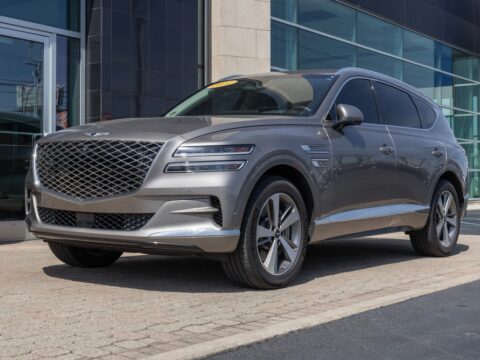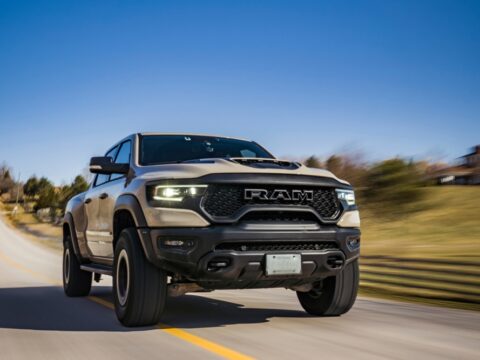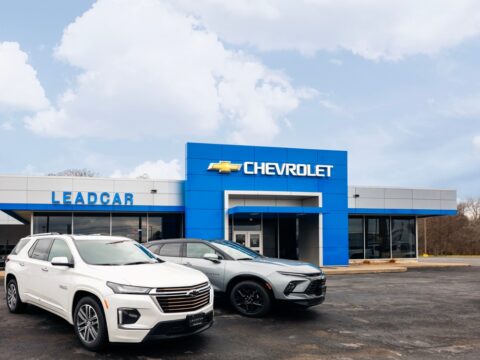The Cold War was a period of intense rivalry between the United States and the Soviet Union, marked by a relentless arms race and military innovations. Among the many tools of this superpower showdown were the iconic vehicles that played crucial roles on land, sea, and air. From formidable tanks to cutting-edge aircraft, these 17 vehicles not only shaped the strategies of the time but also left a lasting impact on military history.
Contents
M1 Abrams Tank
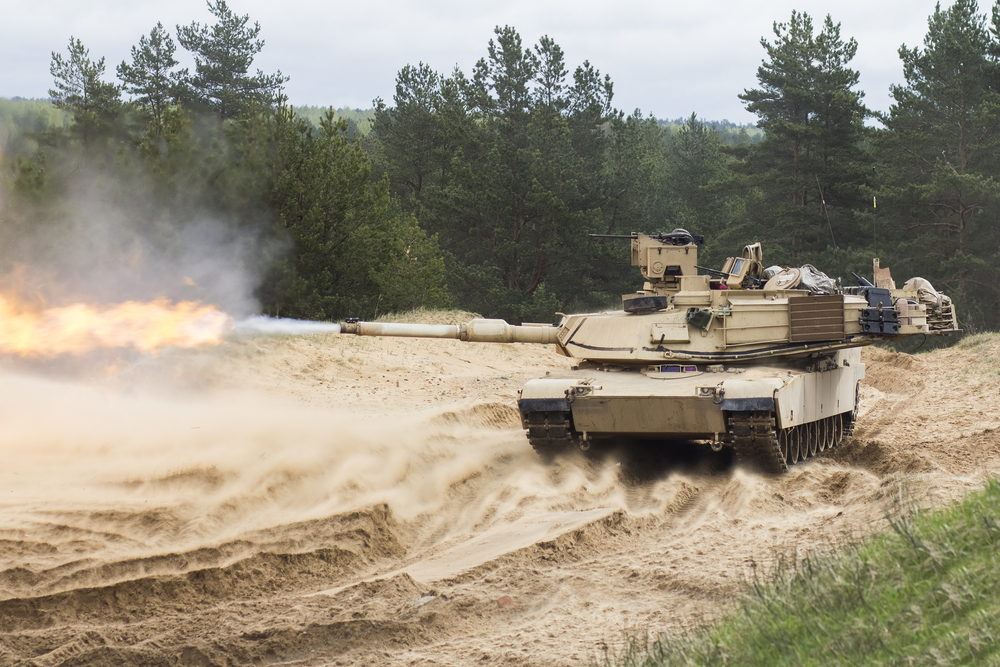
The M1 Abrams tank, introduced in 1980, became a symbol of American military prowess during the Cold War. Featuring advanced composite armor and a powerful 120mm smoothbore cannon, it was one of the most formidable tanks of its time. Enhanced by a gas turbine engine, its speed and maneuverability set a new standard for armored warfare.
T-72 Tank
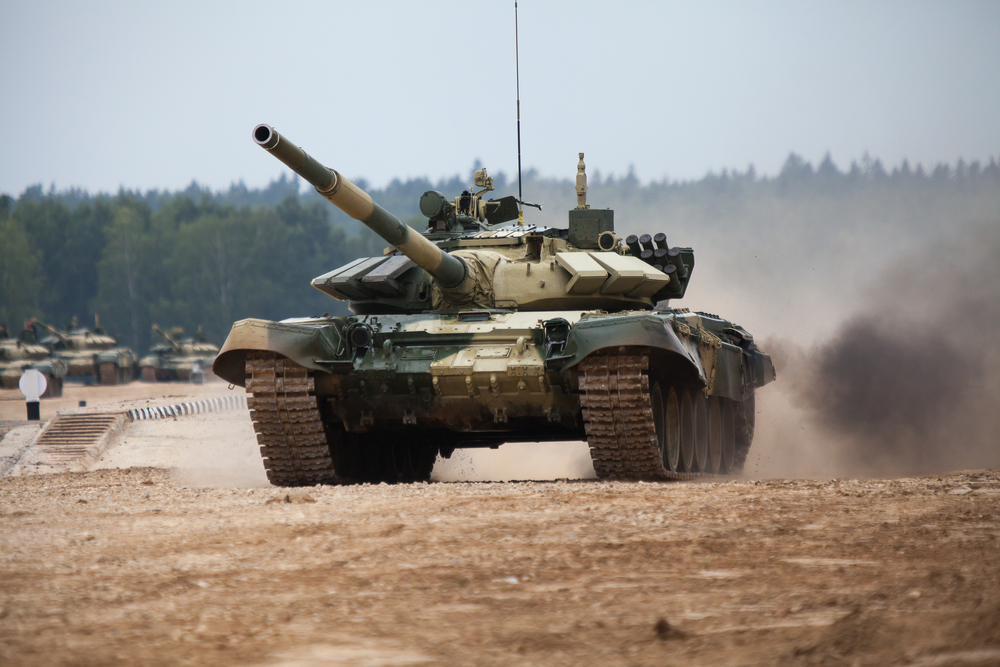
The Soviet T-72 tank was a mainstay of Warsaw Pact forces and a key player in the Cold War arms race. Introduced in 1971, it featured a 125mm smoothbore gun, composite armor, and an autoloading system, which reduced crew size and increased rate of fire. Its widespread use and export to Soviet allies showcased the USSR’s industrial strength and military reach.
B-52 Stratofortress
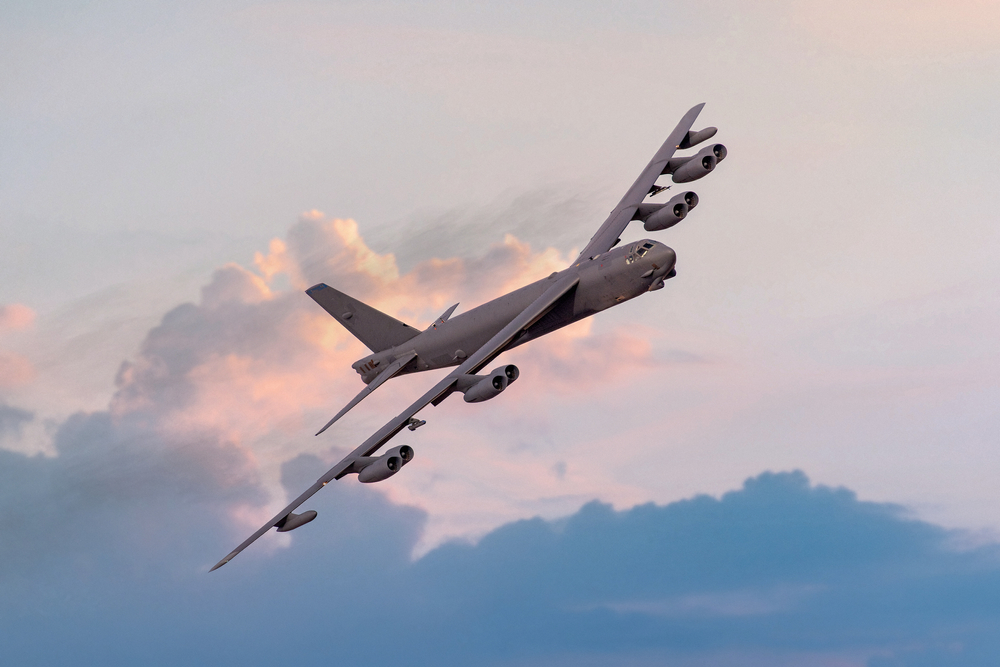
The B-52 Stratofortress was the backbone of the U.S. strategic bombing fleet during the Cold War. First flown in 1952, this long-range bomber could carry nuclear or conventional weapons and had a massive payload capacity. Its endurance and ability to deliver devastating payloads deep into enemy territory made it a critical component of America’s deterrence strategy.
MiG-21 Fighter Jet
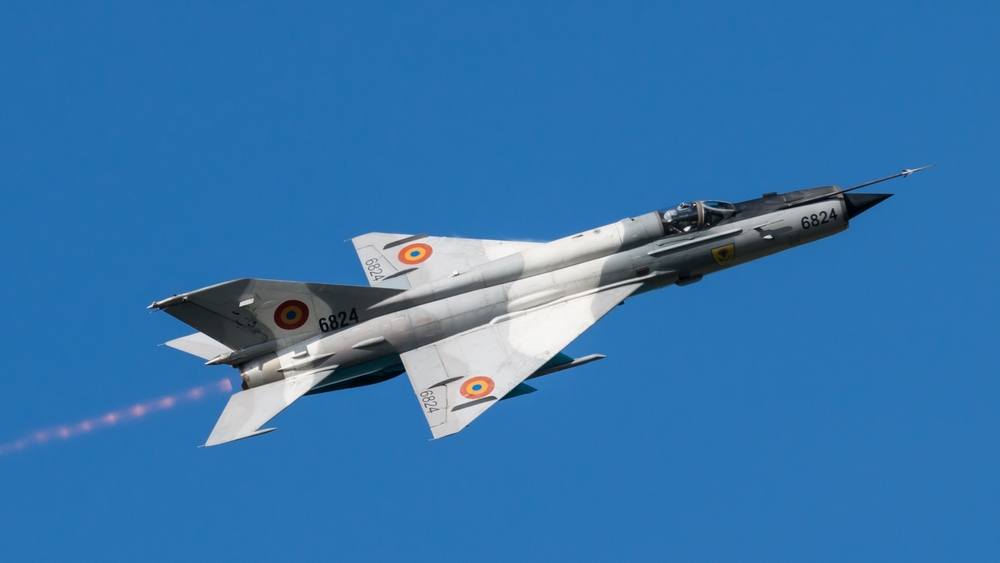
A versatile and widely produced Soviet fighter jet, the MiG-21 first entered service in 1959. Known for its speed, agility, and simplicity, it became a formidable opponent in dogfights. Rapid deployment capabilities and extensive use by Soviet allies highlighted its strategic importance.
U-2 Spy Plane
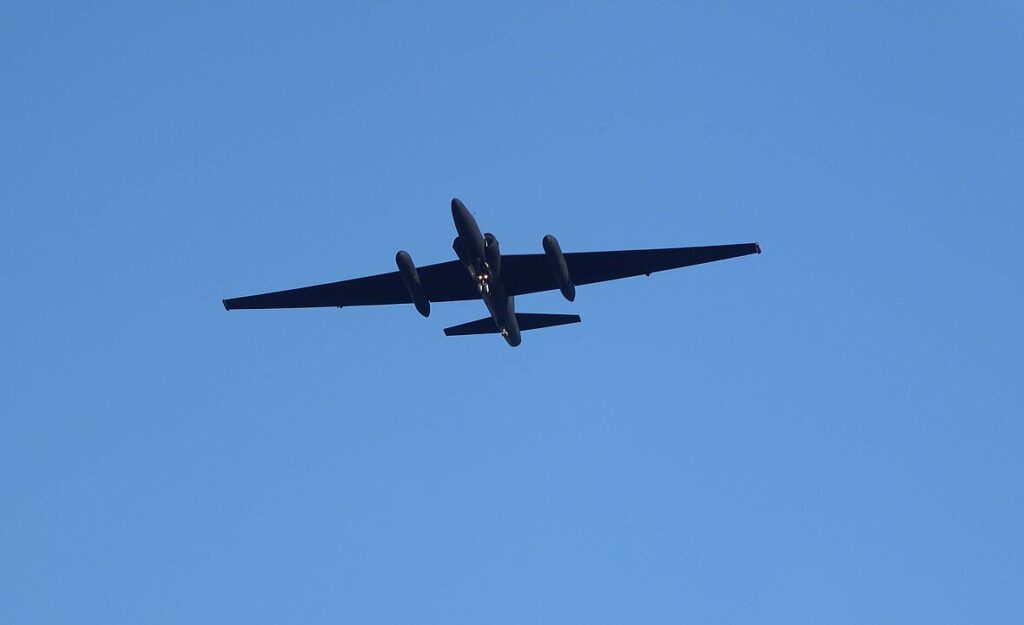
The U-2 spy plane, developed by Lockheed, played a pivotal role in Cold War intelligence gathering. Capable of flying at altitudes above 70,000 feet, it remained beyond the reach of most enemy interceptors and missiles. High-resolution cameras aboard the U-2 provided detailed reconnaissance imagery, revealing Soviet missile sites and military installations.
M60 Patton Tank
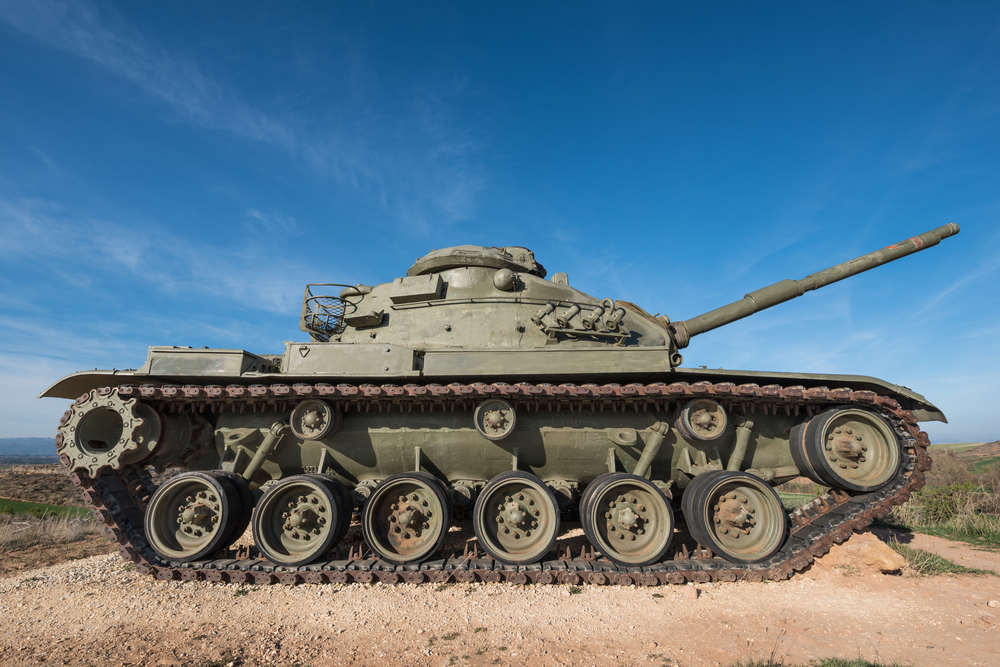
Introduced in the early 1960s, the M60 Patton tank became a key U.S. armored vehicle. With improved armor, a powerful 105mm gun, and enhanced mobility, it surpassed its predecessors. Its versatility and reliability made it a mainstay in NATO forces, helping maintain a strong defensive posture in Europe.
T-55 Tank
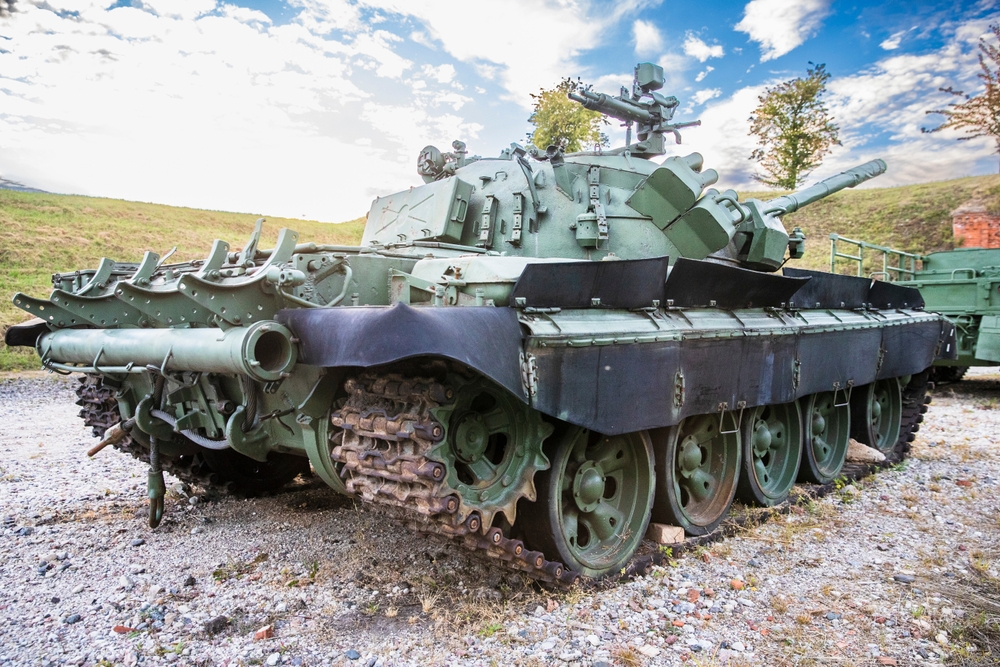
The Soviet T-55 tank was one of the most produced and widely used tanks during the Cold War. Introduced in the late 1950s, it featured a 100mm rifled gun, improved armor, and NBC (nuclear, biological, chemical) protection. The T-55’s design emphasized simplicity and ease of production, allowing for rapid deployment across the Warsaw Pact.
F-4 Phantom II
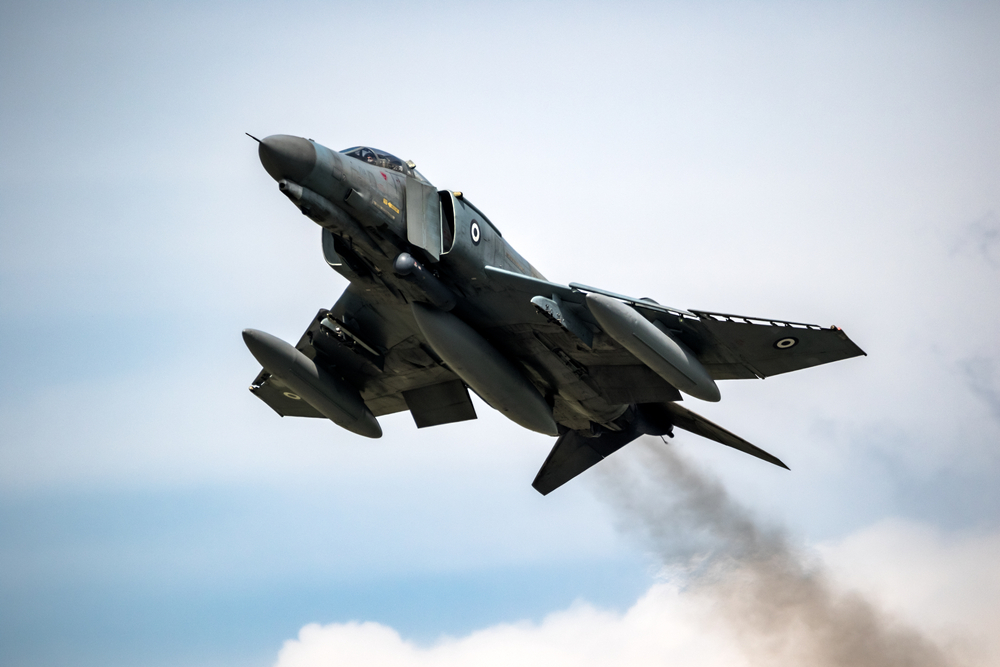
The F-4 Phantom II was a versatile multirole fighter jet used extensively by the U.S. and its allies during the Cold War. First flown in 1958, it was capable of both air-to-air and air-to-ground missions, equipped with advanced radar and weaponry. The F-4’s impressive speed, range, and payload capacity made it a formidable adversary.
BM-21 Grad
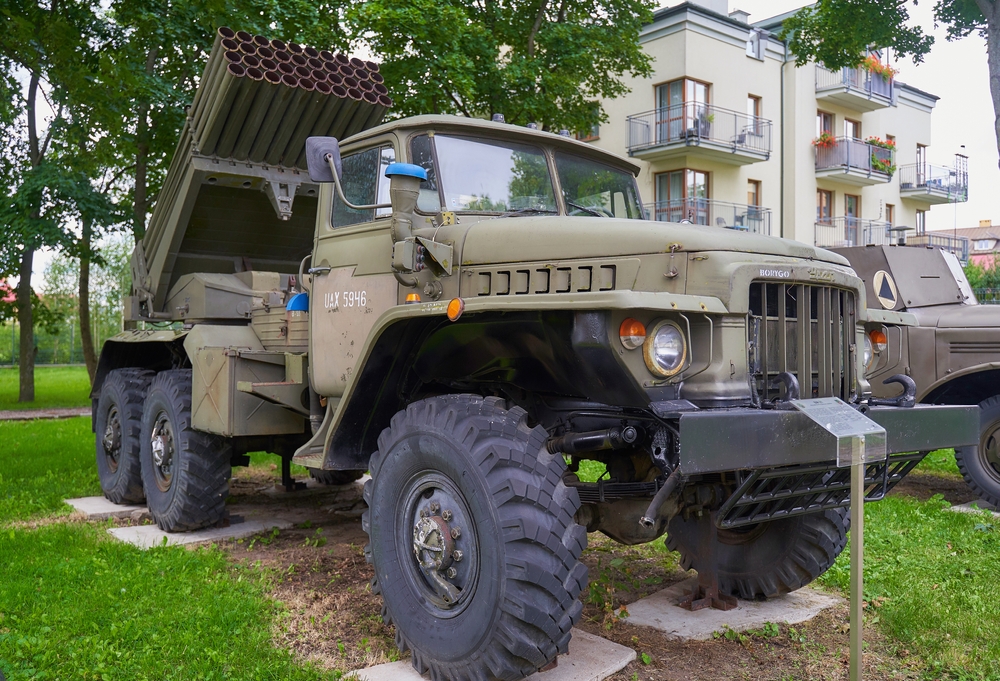
The BM-21 Grad multiple rocket launcher was a key artillery system for the Soviet Union and its allies. Introduced in the early 1960s, it could launch 122mm rockets in rapid succession, providing devastating firepower over a wide area. The Grad’s mobility and ease of operation made it an effective tool for both offensive and defensive operations.
Leopard 1 Tank
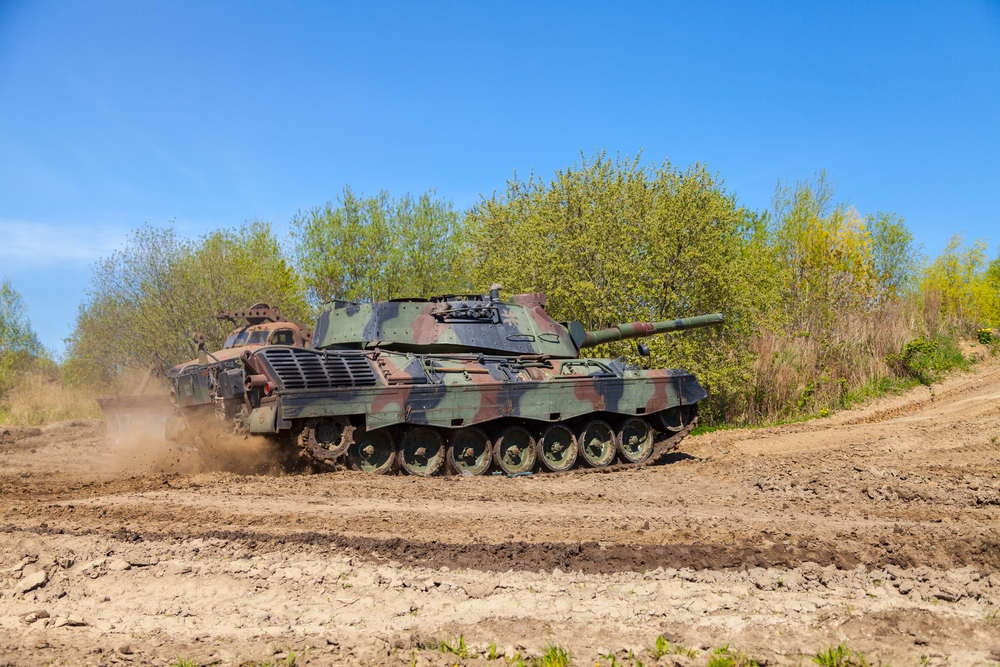
The German Leopard 1 tank marked a significant advancement in Western tank design. Introduced in the 1960s, it featured excellent mobility, a 105mm rifled gun, and advanced fire control systems. Prioritizing speed and firepower over heavy armor, it reflected a shift in NATO’s armored warfare strategy.
Hind Mi-24 Helicopter
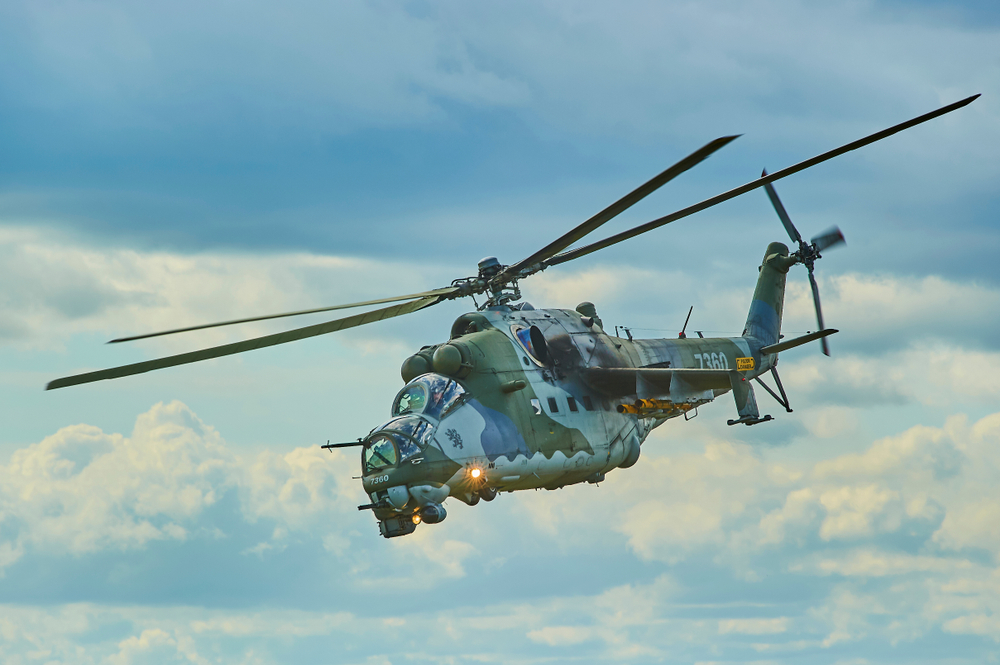
The Mi-24 Hind was a Soviet attack helicopter that combined transport and gunship capabilities. Introduced in the 1970s, it featured heavy armor, powerful armaments including rockets and anti-tank missiles, and the capacity to carry troops. The Hind’s robust design and versatility made it a key asset in various conflicts, symbolizing Soviet military innovation.
Tu-95 Bear Bomber
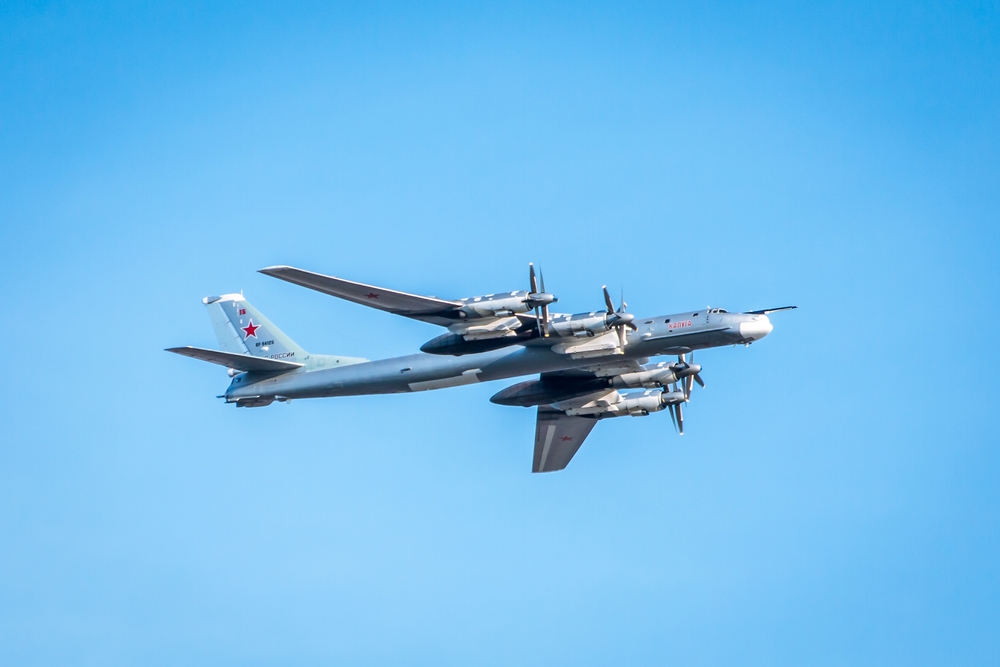
The Tu-95 Bear bomber was a long-range strategic bomber and maritime patrol aircraft used by the Soviet Union. First flown in the 1950s, it was recognizable by its distinctive turboprop engines and swept-back wings. The Tu-95 could carry nuclear and conventional payloads, and its long-range allowed it to strike targets deep within NATO territory.
M113 Armored Personnel Carrier
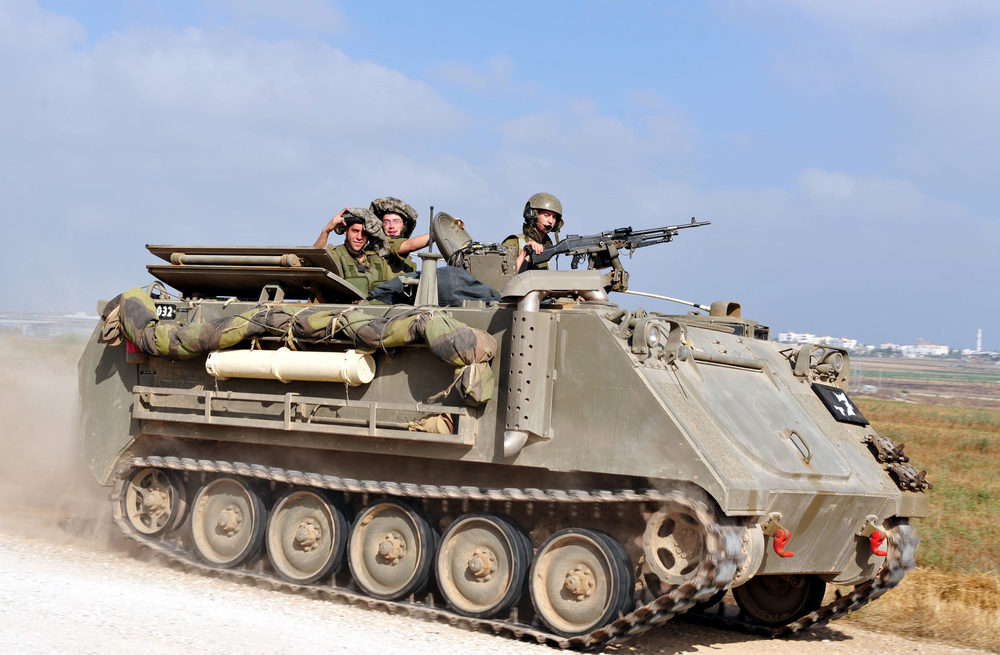
The M113 armored personnel carrier was a versatile and widely used vehicle by U.S. and allied forces. Introduced in the 1960s, it provided infantry with protection and mobility on the battlefield. Its lightweight aluminum armor, amphibious capabilities, and ease of maintenance made it a reliable transport.
BTR-60 Armored Personnel Carrier
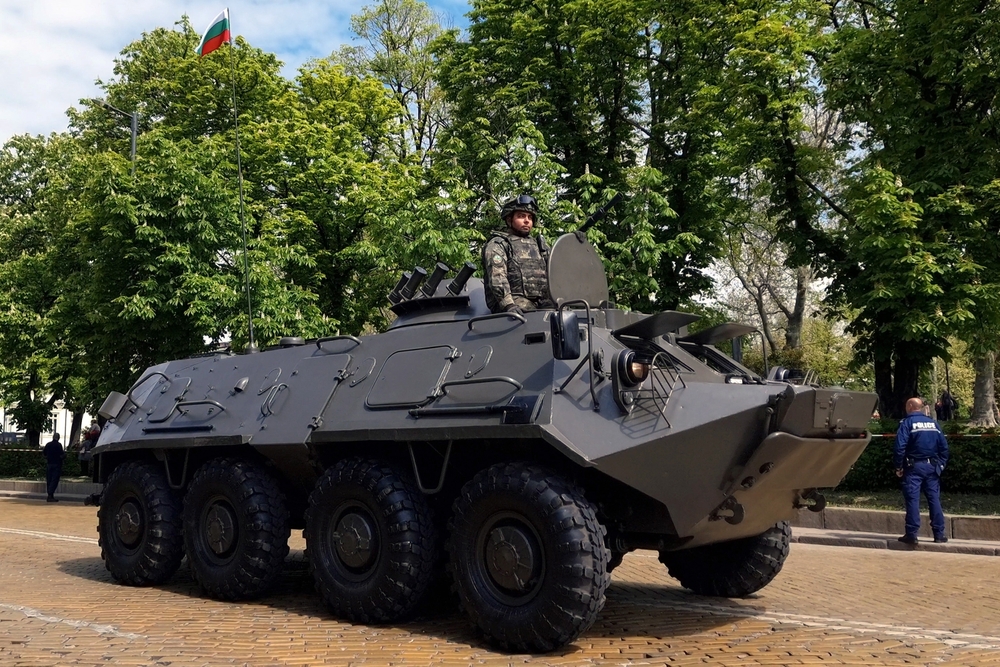
The Soviet BTR-60 was an eight-wheeled armored personnel carrier that played a significant role in Cold War military operations. Introduced in the 1960s, it featured amphibious capabilities, a roof-mounted heavy machine gun, and the capacity to transport a squad of infantry. The BTR-60’s design emphasized mobility and versatility, allowing it to operate in various terrains and conditions.
F-14 Tomcat
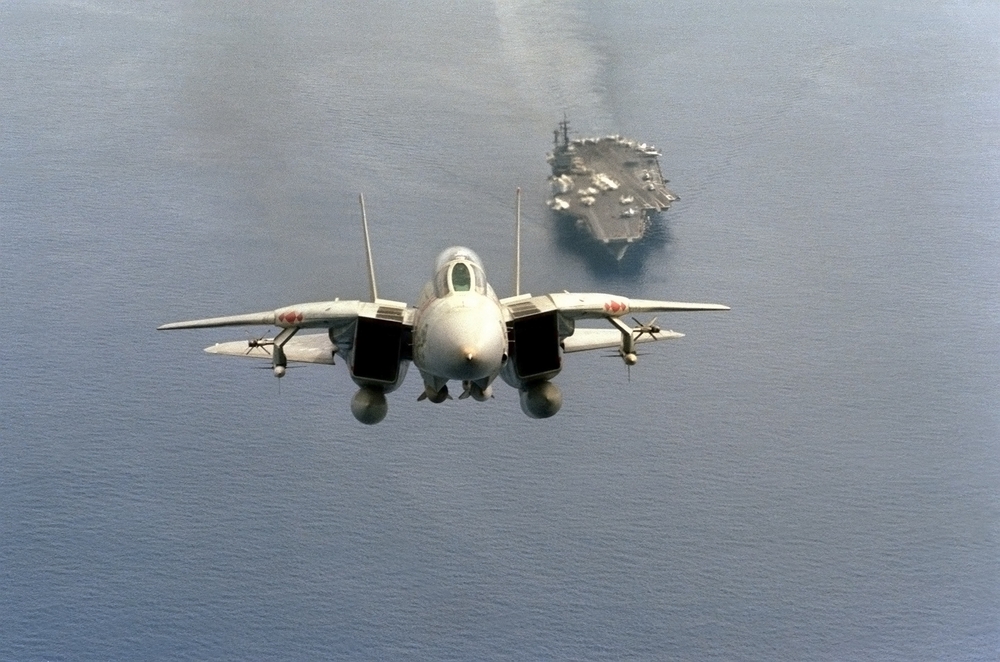
The F-14 Tomcat was a U.S. Navy fighter jet known for its variable-sweep wings and advanced radar systems. First flown in the 1970s, it excelled in air superiority and fleet defense roles, capable of engaging multiple targets at long range. The F-14’s powerful engines and sophisticated avionics made it a formidable opponent in aerial combat.
AH-1 Cobra Helicopter
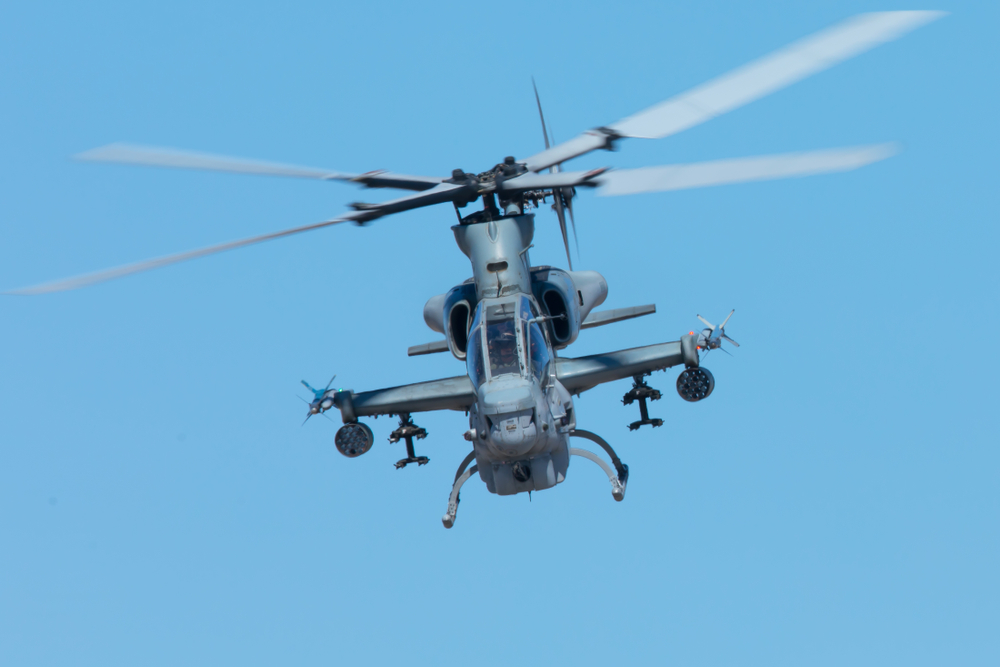
The AH-1 Cobra was the first dedicated attack helicopter used by the U.S. military. Introduced in the late 1960s, it featured a narrow profile, powerful armaments including a turreted 20mm cannon and rocket pods, and advanced targeting systems. The Cobra’s agility and firepower made it a vital asset in providing close air support and anti-armor capabilities.
MIG-29 Fighter Jet
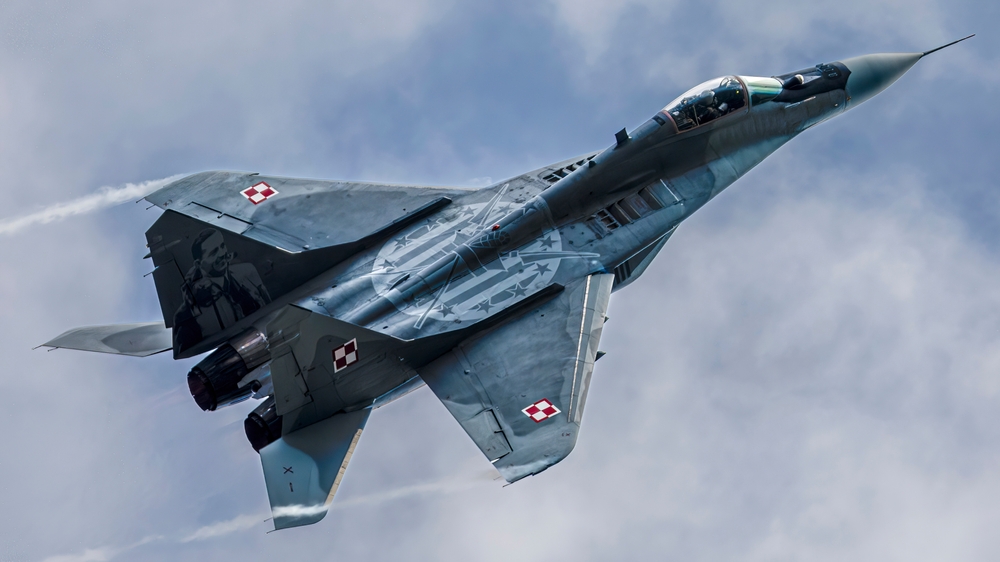
The MiG-29 was a highly advanced Soviet fighter jet introduced in the 1980s. Known for its exceptional maneuverability, it featured advanced avionics, a powerful radar, and a mix of air-to-air missiles and cannons. The MiG-29’s performance in dogfights and its ability to operate from austere airfields made it a formidable adversary.
This article originally appeared on MyCarMakesNoise.
More from MyCarMakesNoise
20 Timeless JDM Cars Every Enthusiast Dreams of Owning
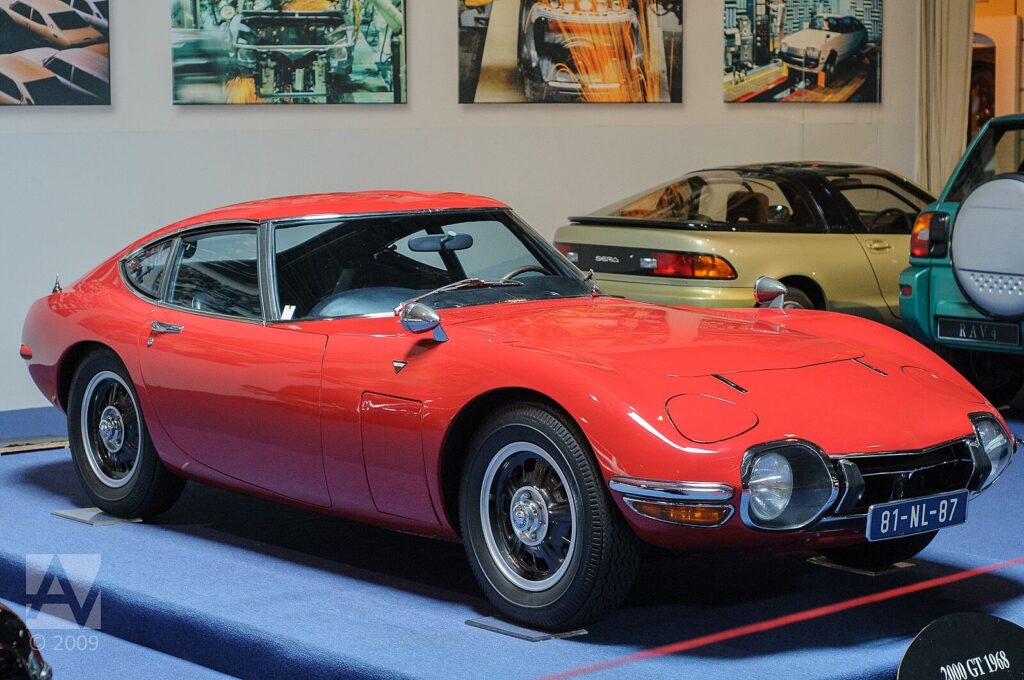
Vintage JDM (Japanese Domestic Market) cars have a unique charm and timeless appeal. Known for their style, performance, and innovation, these classic Japanese cars have captured the hearts of car enthusiasts worldwide. Read More.
20 SUVs Famous for Their Lifelong Durability
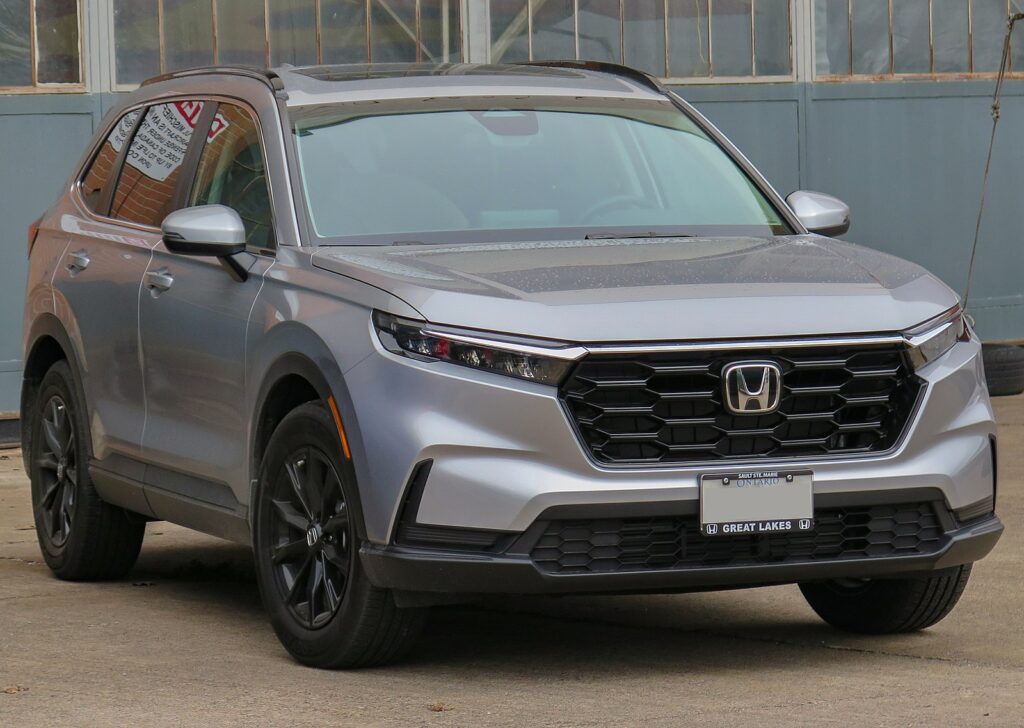
Some SUVs are built to go the distance, offering durability and reliability that can last a lifetime. From the rugged Toyota Land Cruiser to the luxurious Lexus GX, these vehicles are known for their robust construction and dependable performance. Read More.
20 Most Memorable Lamborghini Supercars Ever Made
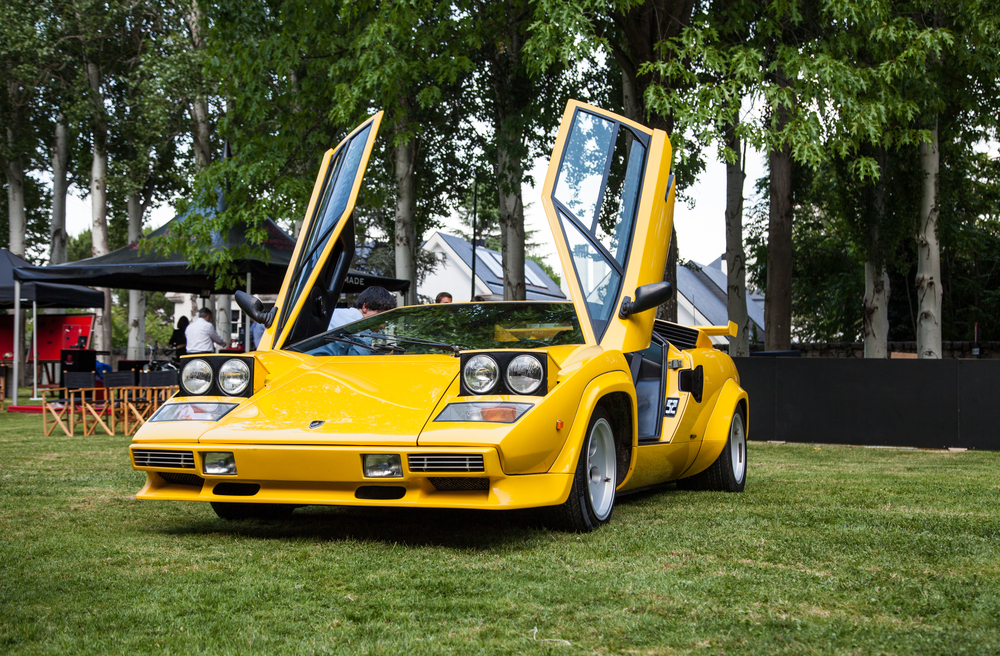
Lamborghini has a legacy of crafting some of the most iconic supercars the world has ever seen. From sleek designs to groundbreaking performance, each model has left a lasting impression on automotive enthusiasts. Read More.


